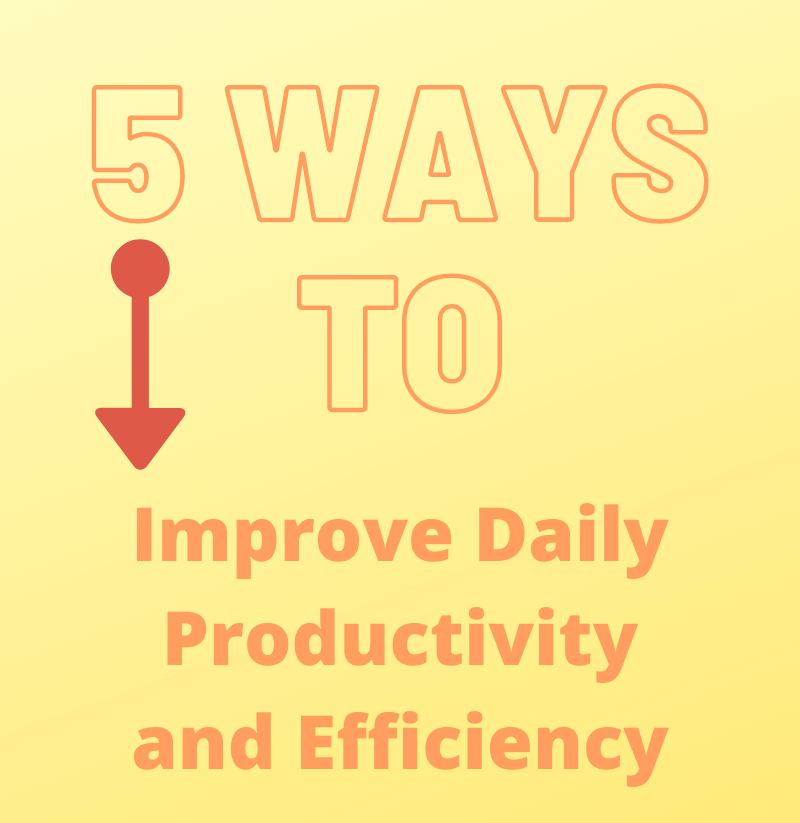 Life throws moves quickly. Perception is one of the most impactful tools in our arsenal to bolster us — not just in terms of resilience, but also in terms of productivity.
Life throws moves quickly. Perception is one of the most impactful tools in our arsenal to bolster us — not just in terms of resilience, but also in terms of productivity.
If you see each opportunity as a barrier or a bump in the road then you’re going to jar yourself silly on the road of life. No matter how you look at it, the hoops we must jump through each day never align—unless we make them.
You have to be aware of your fatigue levels. Decision fatigue is a subtle, yet insidious dream killer. Sure, you’re an adult and it’s cool to think about how you could eat ice cream for breakfast. Choosing to foster thoughts like those, however, can make you choose not to eat ice cream for breakfast, consider whether you actually want to do so, or make preparations to do so.
The average person makes an estimated 30,000 decisions or more per day. If you look at each choice as a single droplet (one milliliter) then you’re probably throwing away eight gallons of creative energy per day. It makes sense why that book you’ve been dying to write simply hasn’t materialized now, doesn’t it?
Many entrepreneurs like Mark Zuckerberg, Founder of Facebook, wear simple, consistent outfits as just one method of limiting these opportunities and choices. They know they need to reserve their executive function, or decision-making for other, larger things.
Set Daily Rituals and Routines
Setting routines further allows you to slash the number of choices you’ll make in a given day by hundreds. The essentials like eating, hygiene, and wardrobe choices cascade into hundreds or thousands of choices each day. Some of the world’s happiest people in the world, understand that they have more room for fun and spontaneity as a result of standardizing many parts of their day into routines and rituals.
The average person makes more than 200 choices per day surrounding eating alone.
Balance Focused Work and Play
Some studies have shown that neglecting the playful, relaxing, and restorative aspects of your life can slash your productivity substantially. It contributes to reduced mindfulness, which practices such as meditation have been shown to benefit. Mindfulness upticks from time off, meditation, and other sources have shown increases up to 120 percent in hugely important areas of critical thinking, such as divergent thinking, or the ability to build on the ideas of others.
Build a system to contain your tasks and creative energy
Whether you’re an out-and-proud student of the GTD method or and you’re relying on your own system to manage your life, you’ll be better off controlling the chaos with dedicated mental bumpers. Systems help reduce the number of choices you make each day. They allow you to function at increasingly higher levels by reducing the thought and effort you have to put into lower-order functions like dressing and eating—essential, but not complicated.
Once you’ve worked within a system long enough for it to become second-nature, you’ll never have to wonder what you’ll do with your endless stream of ideas. Time spent seeking past notes and scribblings will be all but eliminated if you document them well and do so quickly.
For each idea that flows through your mind—which usually amounts to over 1,000 of the unique thoughts that you have each day, you’ll be able to reclaim up to 20 minutes—in some cases more.
Foster Real Connection With Others In Your Industry
Once you’ve built a system to contain your creative chaos, you need to reach out to others who work in the same industry that you do. This will present you with opportunities to connect with others at a real level. Human connection is one of the strongest driving forces in creativity. Even exchanging simple conversation about the weather, sports, or other common interests can spark creative streams that change the world.
Real connection allows you to do two things: boost your oxytocin, a hormone that has been shown to improve cognitive function and divergent thinking; and improve your overall mood. Many entrepreneurs struggle with depression, so meeting with other people regularly is an excellent way to normalize personal feelings.
Keep a Side Hustle or Hobby To Foster Variety and Engagement
Side hustling ensures you are able to explore some of the ideas or thoughts you develop while you’re working. These may or may not necessarily be businessworthy, so some are likely to develop into hobbies. Regardless of whether they are profitable or not. You’ll find that some hobbies may even develop into lucrative side hustles. The key is balancing your passions and your existing professional commitment.
Be aware that some employers have a non-compete or other clause that may assign them any right to ideas that you develop while working on a project for them. These generally don’t apply to unrelated ideas but may apply to things like a machine improvement or part processing optimization.
A few side hustle examples include:
* An engineer who takes drafting and mechanical design clients during their personal time,
* A screenwriter who creates blogs and video scripts for businesses in their time off,
* An electrician who consults clients on wiring best practices and offers remote technical support during their nights and weekends.
Each of these examples may turn out more productive and creative at their day job as a result of their side hustle, depending on their outlook and client base. All of them have one important factor in common, however. They can all make their time more efficient though systems and mindfulness.
______________
Andrea Giggs is a freelance business marketing writer that also likes writing about career and freelance advice. She has worked on sites like Upwork and others.